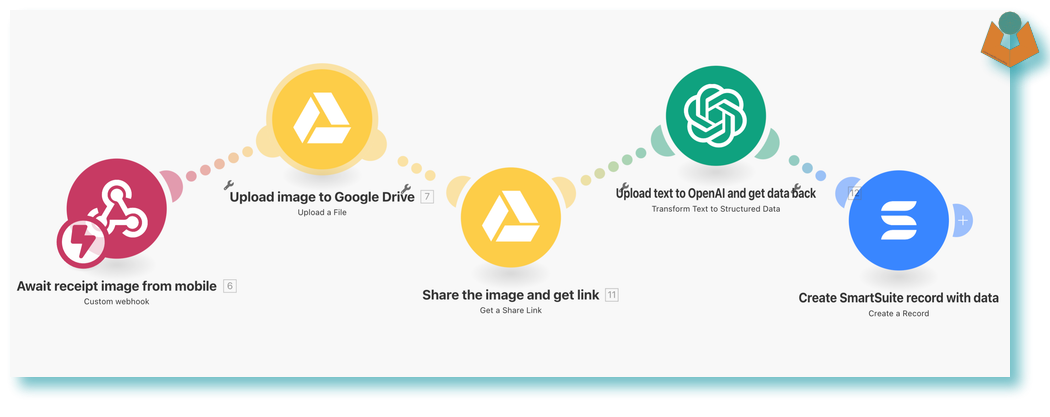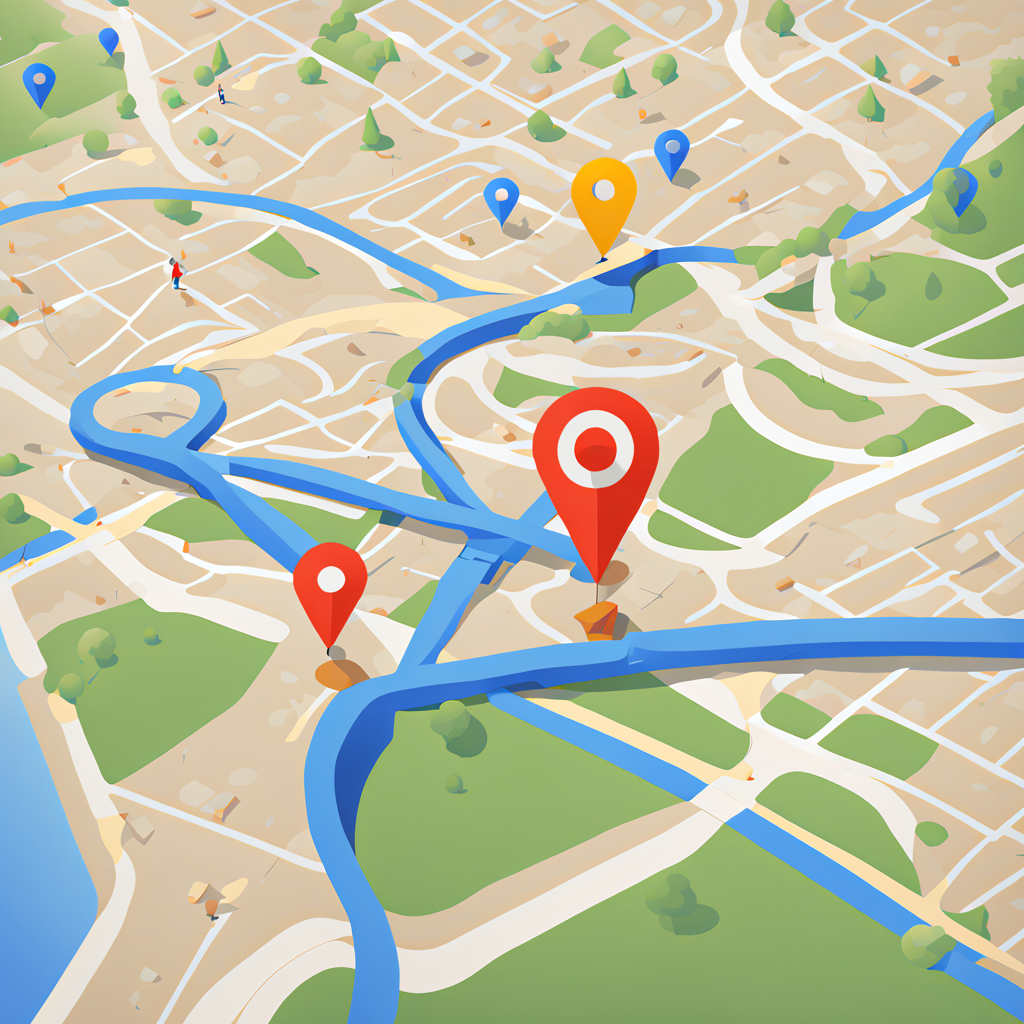
June 21, 2023
3 minutes read
Introduction
In today’s digital age, many small and growing organisations opt for cloud productivity suites like Microsoft 365 or Google Workspace to handle their email and collaboration needs. These platforms bring numerous benefits, but they also come with potential risks if not properly set up and managed. In this article, we’ll dive into the issues that arise when a personal account is used as the global admin and explore the consequences it can have. We’ll also discuss best practices to mitigate these risks and create a secure environment for your organisation.
The Problem
It’s not uncommon for someone with limited experience to set up Microsoft 365 or Google Workspace. During the setup process, they may unknowingly use their personal account, which becomes the global admin for the organisation. While this may seem like a convenient shortcut, it poses significant risks that need to be addressed.
-
Dependency on a Single User: By relying on a personal account as the global admin, your organisation becomes overly dependent on one individual. If this person leaves without transferring the admin rights, you may temporarily lose access to critical systems, causing disruptions and potential data loss.
-
Compromised Account: If the user’s account gets compromised, hackers gain unrestricted administrative access to your organisation’s systems, sensitive data, and emails. The consequences can be severe, as hackers can exploit this access to wreak havoc on your digital infrastructure. Let’s consider a few scenarios:
a. Unauthorised Website Modifications: Suppose your domain is hosted through M365 or Google Workspace and it gets compromised. In that case, hackers can make unauthorised changes to your website. The domain is essentially the unique address that identifies your website on the internet. By tampering with the domain settings, hackers can potentially damage your brand reputation, confuse your customers, or even redirect visitors to malicious sites.
b. Password Manipulation: The compromised global admin can change passwords for all users, locking them out of their accounts and preventing legitimate access to important resources.
c. Malicious Emails: By gaining control of your organisation’s email system, hackers can send fraudulent emails to clients, suppliers, or partners, potentially resulting in financial losses, damaged relationships, and reputational harm.
d. Document Deletion: Deleting critical documents and files can disrupt business operations, hinder collaboration, and result in the loss of valuable intellectual property.
Additional Risks and Best Practices:
While the mentioned risks are significant, there are other important aspects to consider when managing cloud productivity suites. Here are a few additional risks and best practices to keep in mind:
-
Inadequate User Access Controls: Granting excessive privileges to users can lead to data leaks or unauthorised access. Implement the principle of least privilege, ensuring that users only have the necessary permissions required for their roles.
-
Lack of Multi-Factor Authentication (MFA): Without MFA, a compromised password becomes an open door for attackers. Enable MFA to add an extra layer of security, reducing the risk of unauthorised access even if the password is compromised.
-
Failure to Regularly Review and Update Security Settings: Periodically review and update security settings to align with industry best practices. This includes revisiting password policies, access controls, and other security configurations.
-
Insufficient Employee Training: Educate your employees about the risks associated with cloud platforms and teach them how to recognise and report potential security threats. Regular training sessions and awareness campaigns can significantly reduce the likelihood of successful attacks.
Conclusion
Microsoft 365 and Google Workspace offer valuable productivity features, but it’s crucial to be aware of the potential risks involved in their setup and administration. By avoiding the use of personal accounts as global admins, implementing best practices, and regularly reviewing security settings, your organisation can maintain a secure and reliable cloud environment. Protecting your systems, data, and communication channels is vital for the long-term success of your business.


